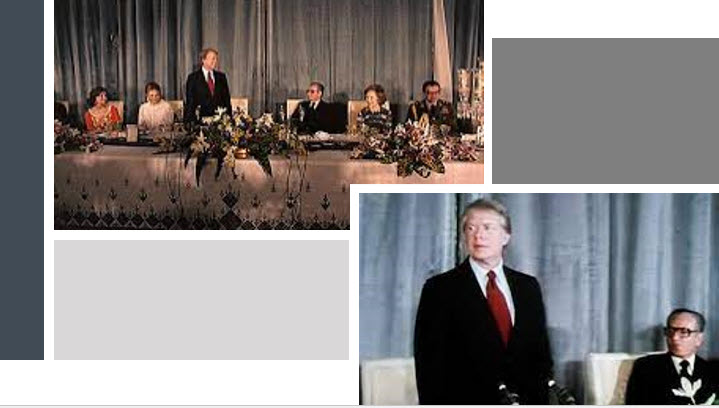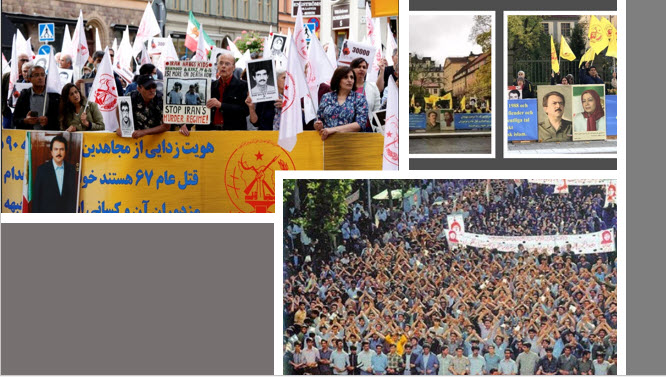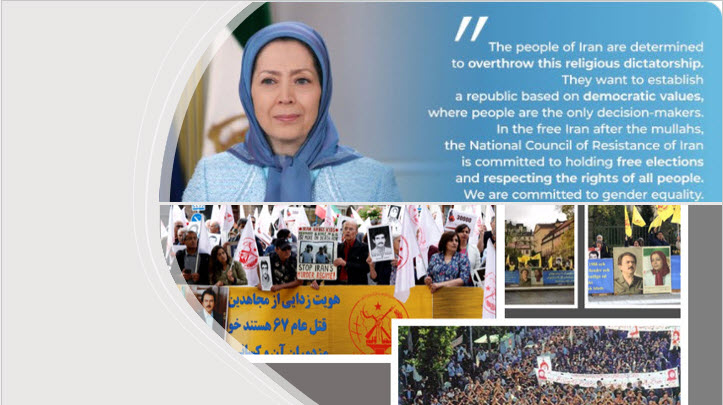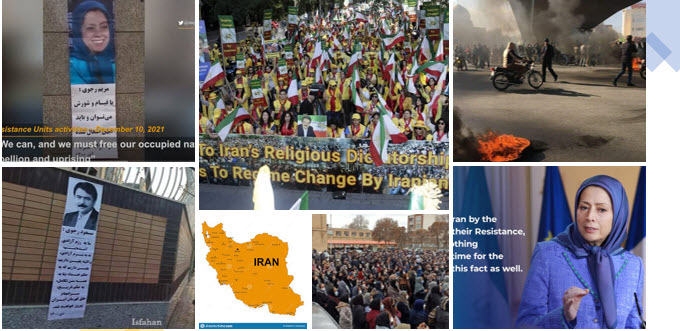
President Carter had no idea that the Shah would be deposed in less than 14 months during one of the most unprecedented revolutions in contemporary history.
When President Jimmy Carter came to Tehran on New Year’s Eve 1978 for a state dinner, he described Iran under the Shah as “an island of calm in one of the world’s more problematic places.” President Carter had no idea that the Shah would be deposed in less than 14 months during one of the most unprecedented revolutions in contemporary history. We are experiencing the same failure four decades later.
The main fight in Iran is between people and the ruling regime
The West has enabled the Mullahs to determine Iran’s narrative for the past four decades. Indeed, the Mullahs’ propaganda machine has spoon-fed the West how to interpret the regime, Iranian society, and the opposition movement, resulting in mullah-friendly conclusions.
The major battle in Iran has been depicted by the Mullahs for decades as one between the regime’s so-called reformist and hard-line factions. With the recent upheavals’ radicalization of society, they had no choice but to discontinue the so-called reformist theatrics, which had become a source of liability for the state during protests. The appeasers in the West have found it difficult to go about their business as usual as a result of this elimination. How could they now advocate engaging with the government without the cloak of “reformists”? The main fight in Iran, however, has always been between the people (and their organized opposition) and the entire ruling regime.

The appeasers in the West have found it difficult to go about their business as usual as a result of this elimination. How could they now advocate engaging with the government without the cloak of “reformists”?
The Mullahs are pushed to the corner by the people
The recent upheavals have debunked notions that the regime is stable and that the major internal struggle is not between people and regime. The Mullahs, cornered by the people, are now pinning their hopes on the notion that there is no alternative to the system.
The Iranian people, in fact, seek an alternative. The National Council of Resistance of Iran (NCRI) was founded in 1981 by a broad coalition of political forces and personalities to overthrow the Mullahs’ dictatorship. The People’s Mojahedin of Iran (PMOI / MEK Iran) is the most organized opposition group in the world, and it is a key member of the NCRI. Despite the fact that the dictatorship has executed tens of thousands of MEK members, the organization continues to thrive in Iran and leads the protest movement through its resistance units. Mullahs accurately regard the MEK as the MEK’s only existential danger. After failing to physically remove the MEK (and thus the NCRI), the regime is increasingly relying on individuals who appear to be against it to convey the illusion that there is no credible alternative.

After failing to physically remove the MEK (and thus the NCRI), the regime is increasingly relying on individuals who appear to be against it to convey the illusion that there is no credible alternative.
Appeasement policies fail to confront the regime
On the international stage, the Mullahs have taken use of the Western democracies’ fundamental vulnerabilities to thwart an effective approach regarding Iran’s theocracy: Mullahs frequently wait out administrations in the United States that have antagonistic tendencies. In the meantime, despite any changes in the players who implement the policies, the theocracy’s policies remain unchanged. To win elections, officials often embrace policies aimed at achieving short-term gains, which are fundamentally neither comprehensive nor strategic. As a result, such policies fail to adequately confront the regime’s multifaceted dangers, allowing the theocracy to achieve its goals.
In the United States, a policy centered on human rights can garner widespread bipartisan support. This approach, backed by popular sentiment, has the potential to stand the test of time as administrations come and go. This policy, more than any other, would directly tackle the Mullahs’ Achilles heel: terrorism. After all, the regime’s need for internal repression is what drives it to seek power outside of its borders and in the region through terrorism. The power of the domestic repression apparatus, in turn, translates into motivation, logistics, personnel, and organizational capabilities for the terrorism apparatus. As a result, in order to successfully target the regime’s repressive machinery inside Iran, the regime’s terrorism overseas must be dismantled.

In the United States, a policy centered on human rights can garner widespread bipartisan support. This approach, backed by popular sentiment, has the potential to stand the test of time as administrations come and go.
MEK Iran (follow us on Twitter and Facebook), Maryam Rajavi’s on her site, Twitter & Facebook, NCRI (Twitter & Facebook) and People’s Mojahedin Organization of Iran – MEK IRAN – YouT

